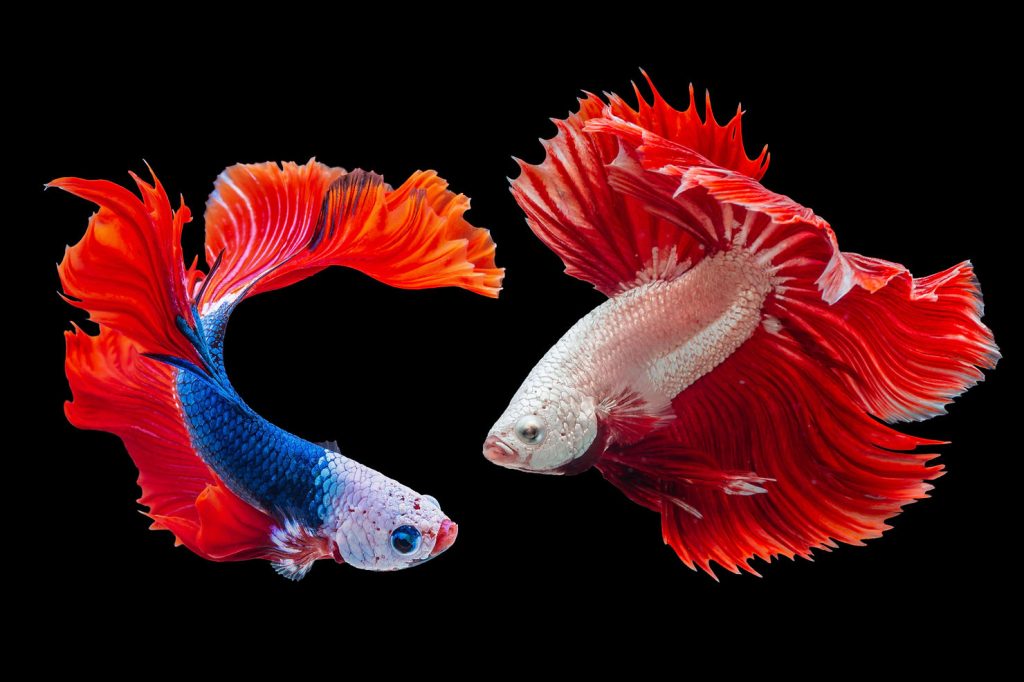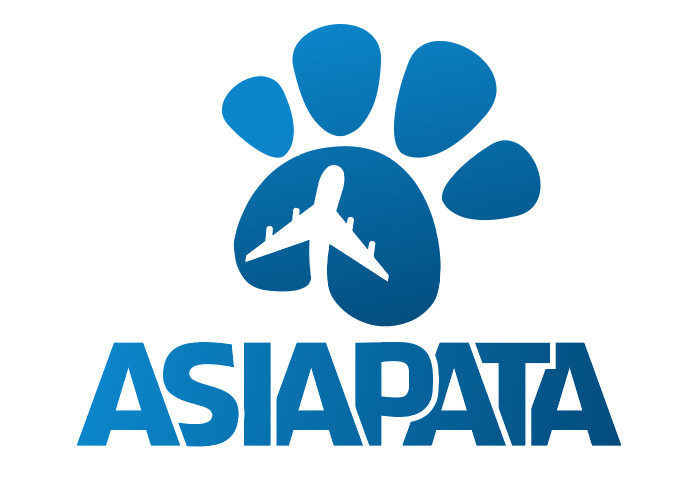Aquarium Fish & Aquatic Animals: Can You Take Them on International Flights?
Dreaming of relocating your shimmering betta or hardy goldfish across borders? International travel with live aquatic pets is possible but tricky. Strict rules protect animal welfare and prevent diseases. This guide cuts through the red tape. You’ll learn if it’s allowed, how to prepare, and real tips for success. Buckle up for a splashy journey!

The Short Answer: Yes, But With Major Caveats
Live fish and aquatic animals can fly internationally. They fall under IATA Live Animals Regulations (LAR). These global standards ensure safe, humane transport. However, not all airlines permit them in cabins. Most require cargo shipping. Permits, health checks, and country rules apply. Without prep, your fish could face stress or rejection. Pro tip: Start planning 4-6 weeks ahead.
Global Standards: IATA Rules You Must Follow
IATA LAR is the bible for air transport of live animals. It covers aquatics like fish, shrimp, and snails. Key guidelines include container specs for oxygen and temperature. Fish need leak-proof bags inside sturdy boxes. Ventilation holes prevent suffocation. Labels scream “Live Animals” and “This Way Up.” Shipper’s Certification details species count and health. Airlines must train staff on handling. Non-compliance risks fines or bans. LAR evolves yearly—check the 2025 edition for updates. It’s humane first, safety second.
Country-Specific Import Rules: Don’t Get Caught Off Guard
Every destination has unique barriers. In the US, USDA APHIS regulates fish from disease-prone areas like salmonids for SVC. Need an import permit via VS Form 17-129. Health certificates from export vets required. USFWS handles endangered species under CITES—no wild-caught without tags. Prohibited: Clariidae family like walking catfish.
EU rules tighten in 2025. New transport regs cover aquatics explicitly. Permits for non-EU imports via national authorities. CITES for protected species like seahorses. Within EU, EU health certificate suffices for most ornamentals. Quarantine possible for high-risk fish. Fines hit €500+ for undeclared entries.
Other hotspots: Australia bans most imports without AQIS approval—strict biosecurity. Japan requires MAFF certificates. Always cross-check with embassies. Tools like AVMA’s import chart simplify this.
Airline Policies: Who Allows What?
Not all carriers welcome wet cargo. American Airlines accepts tropical fish fleet-wide via cargo. Delta and United follow IATA but cap cabin bags at 1 quart—small fish only. European lines like Lufthansa demand cargo for aquatics; no cabin pets over 8kg. Budget airlines? Often a flat no.
Cabin vs. cargo: Carry-on suits short-haul for 2-3 fish in clear TSA-approved containers. Inspect at security. Cargo for longer trips—oxygenated bags last 48 hours. Fees: $100-500 USD depending on weight. Book early; slots limited. Pro hack: Use pet relocation services like IPATA members for seamless handling.
Packing Like a Pro: Containers and Survival Tips

Wrong setup spells disaster. Use double-bagged oxygenated plastic—1/3 water, 2/3 air for surface breathers like bettas. Add Amquel to remove ammonia. Styrofoam-insulated boxes for temp control: Heat packs for tropics, ice for cold-water species. Secure with bubble wrap; no loose lids.
Acclimation matters. Fast fish 24 hours pre-pack to cut waste. Dose with stress coat or salt (1 tsp/gallon). Monitor DO levels—aim 5-7 ppm. For flights over 12 hours, plan mid-air checks if cargo allows. Airlines like Emirates offer live animal lounges. Unpack immediately on landing—revive with drip acclimation. Success rate? 95% with pros.
Documentation Deep Dive: Papers That Save the Day
Bureaucracy bites, but it’s essential. Core trio: Health certificate from licensed vet, import/export permits, IATA Shipper’s Declaration. CITES for Appendix species—get from authorities early. USDA form for US: VS 17-29 online. EU: TRACES system for traceability.
Timeline: Apply 30 days out. Costs $50-200 per doc. Digital portals speed it up—IATA’s eFreight cuts paper. Missing one? Shipment seized. Keep copies handy; declare at customs.
Health and Welfare: Keeping Your Fins Happy
Stress kills—cabin pressure drops oxygen 20%. Choose hardy species: Guppies over discus. Vet check 7-10 days pre-flight rules out illness. Post-flight quarantine prevents outbreaks.
Ethical angle: LAR mandates minimal suffering. Overcrowd? Fines and guilt. Alternatives: Ship via ground if drivable, or rehome temporarily. Vets recommend under 4 hours for cabins.
Costs, Risks, and Real Traveler Tales
Budget $200-1000 total: Docs $150, packing $100, fees $300+. Risks: Delays cause DO crashes; turbulence spills. 5% mortality reported, but pros drop to 1%.
Tales: Sarah flew 5 tetras from Thailand to US—cargo via Qatar, all survived with oxygenators. Mike’s EU shrimp haul? Seized for missing CITES—$800 lesson. Reddit threads glow with successes using IPATA. Forums like PlanetCatfish share hacks.
Alternatives and Final Advice
Can’t fly? Use couriers like FishLady for US domestics. Or breed locally—sustainable win. For globals, pros handle 99% hassle.
Bottom line: Possible? Yes. Easy? No. Research airline, country, pack smart, doc up. Your fish thanks you. Share your story below—happy travels!
